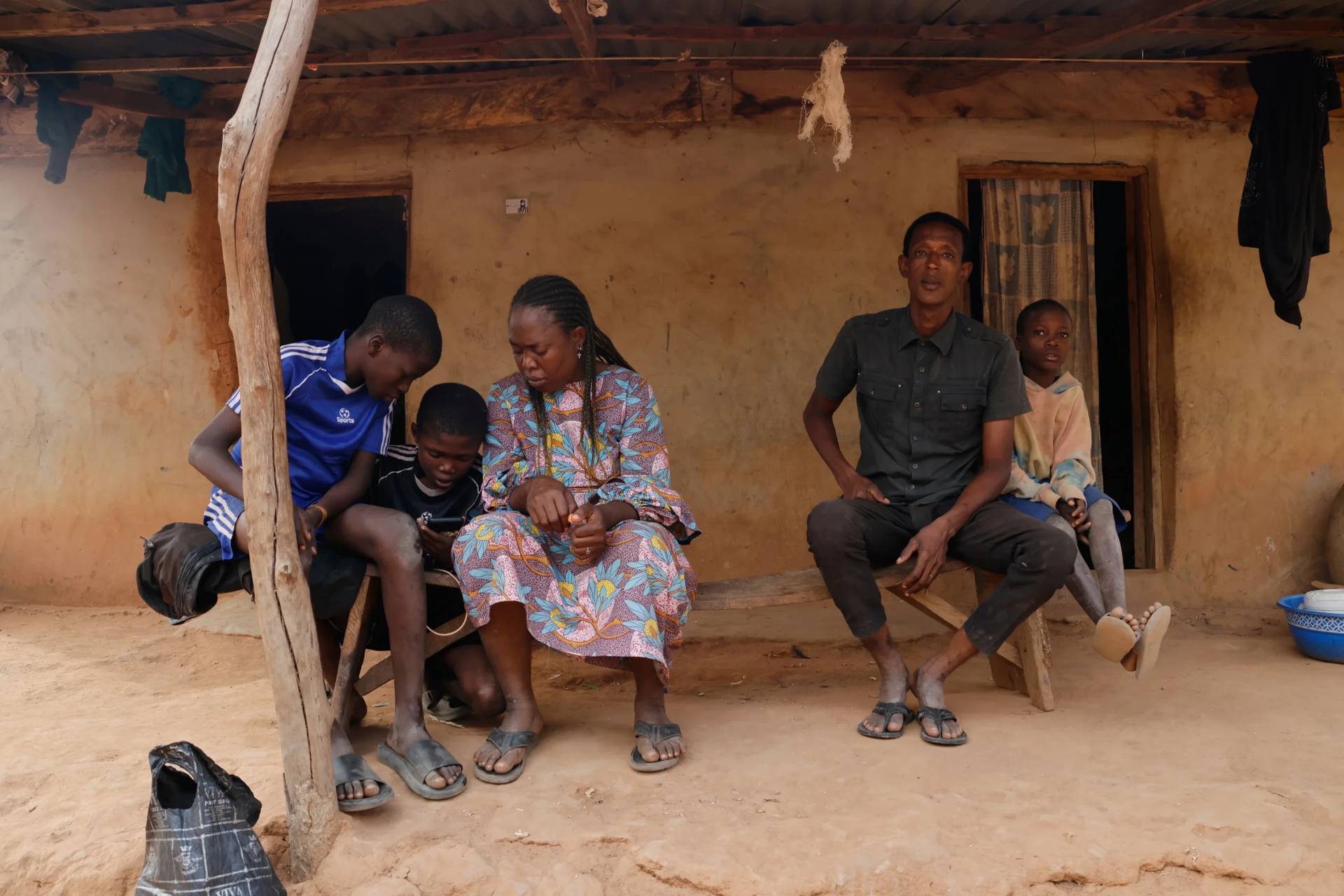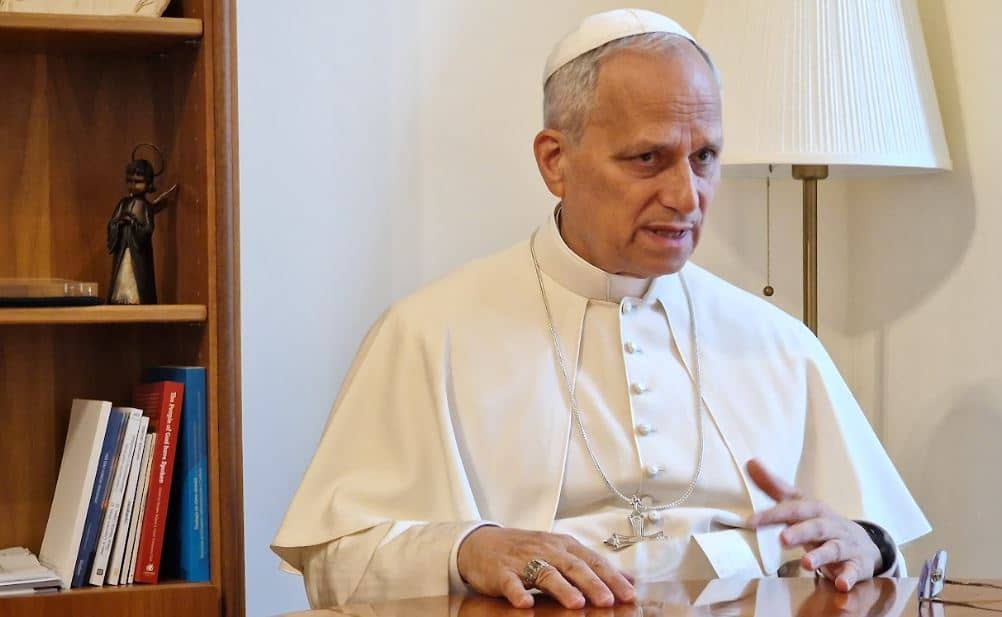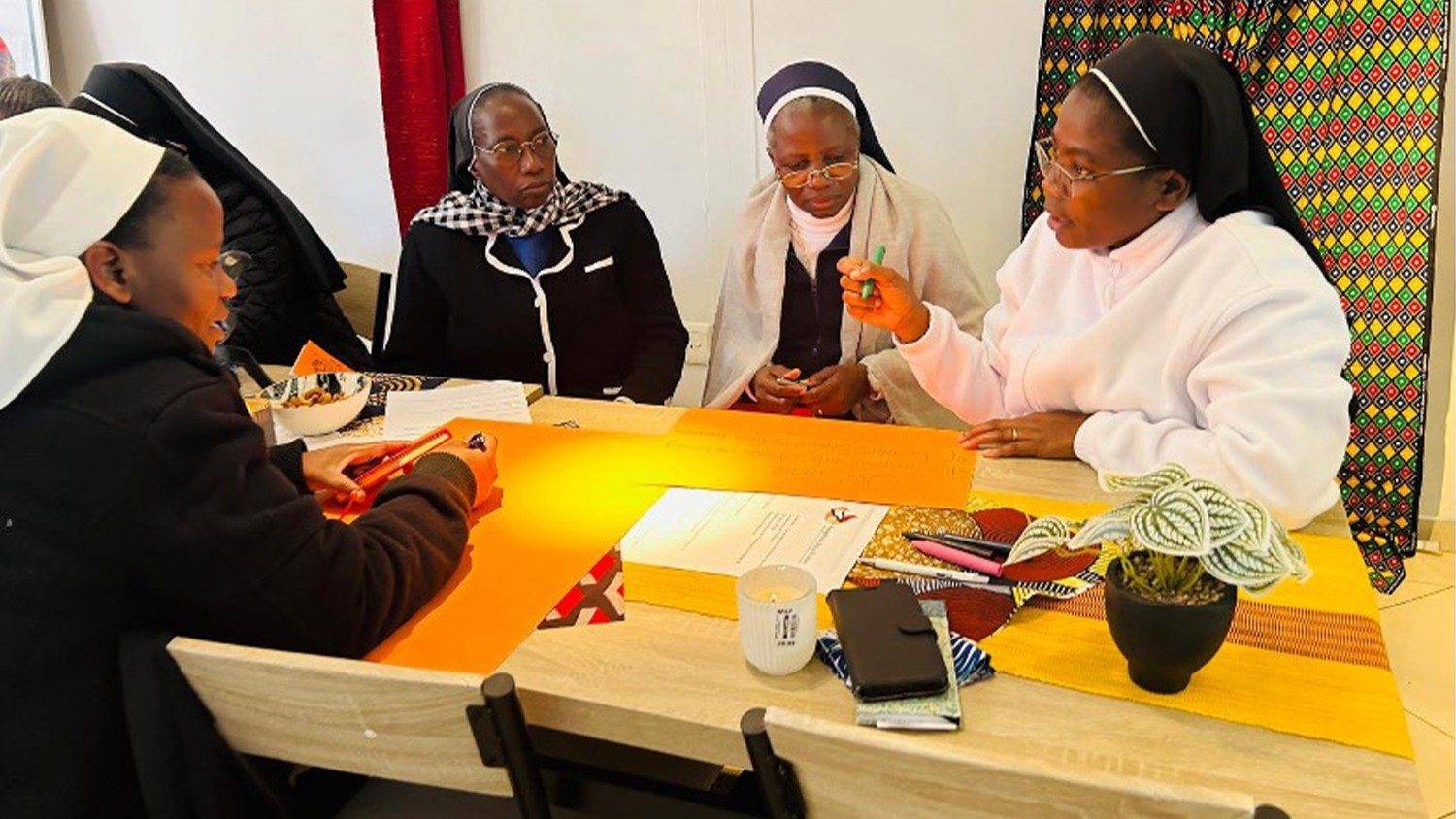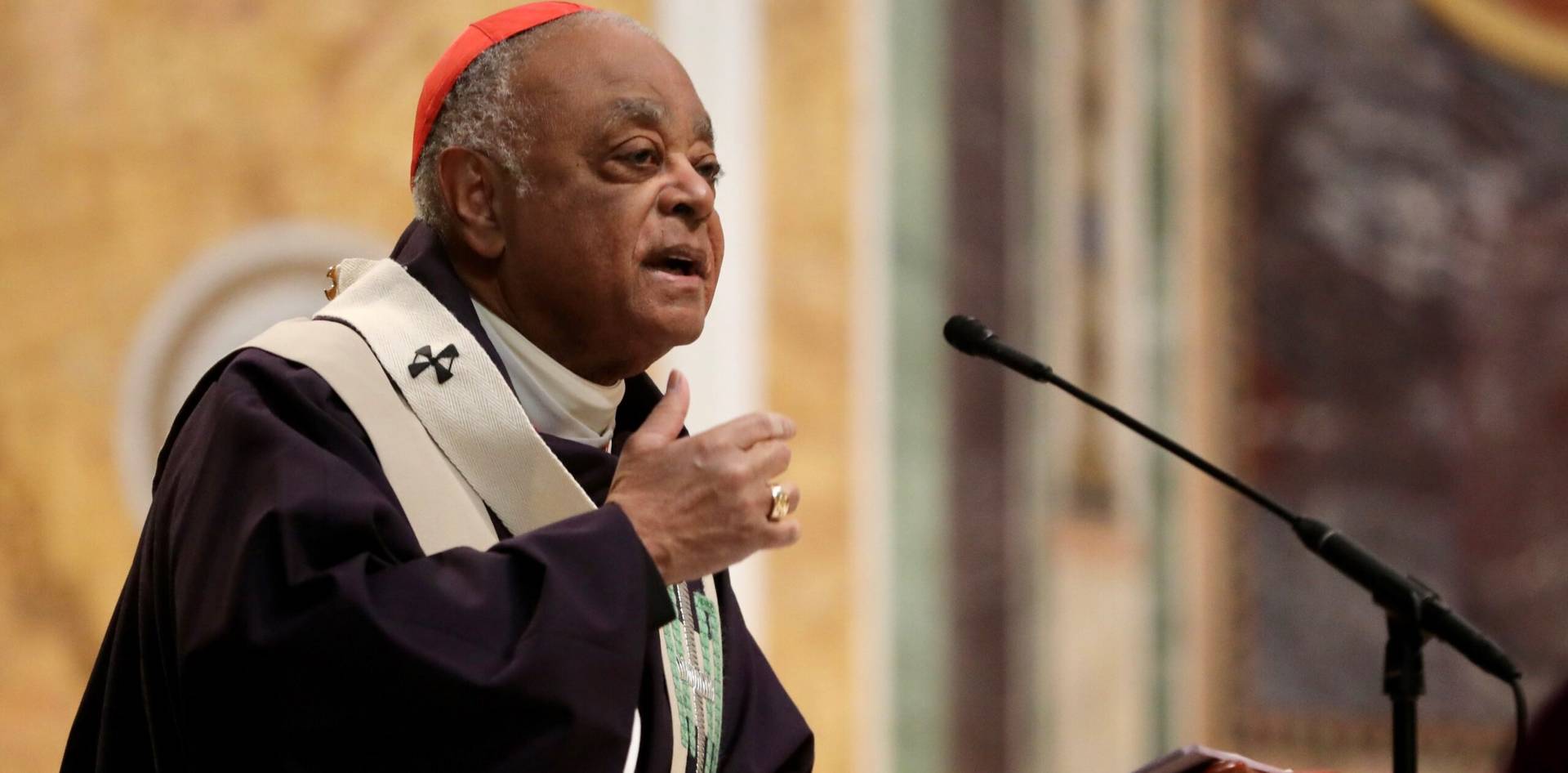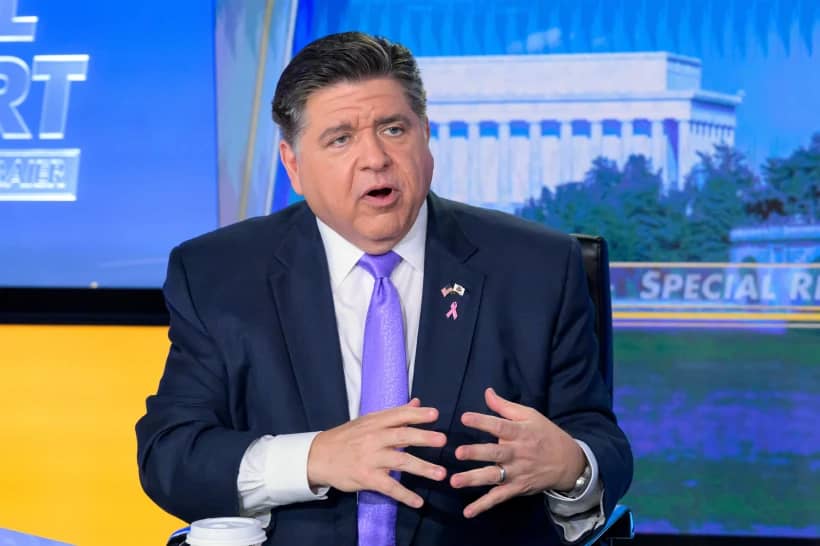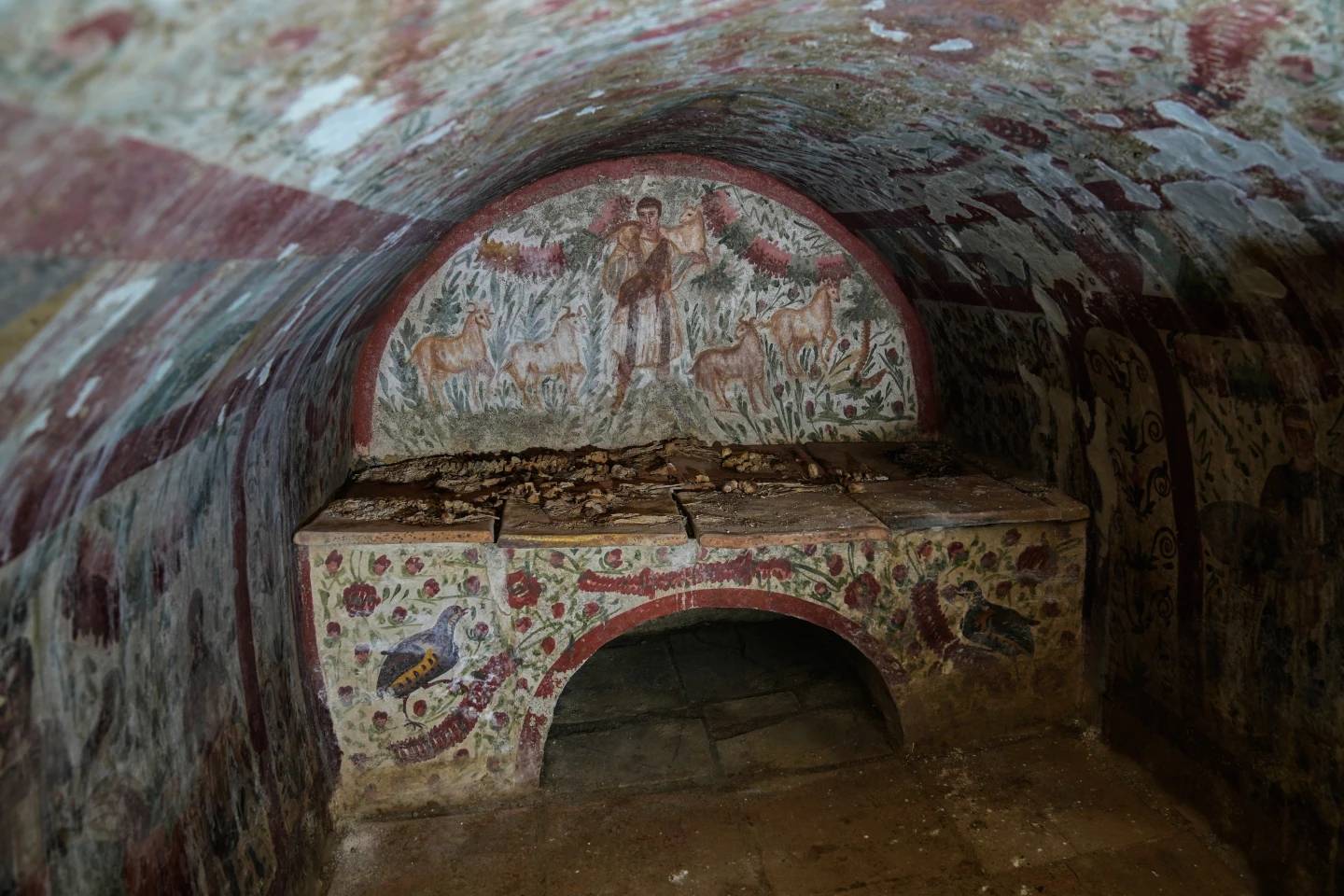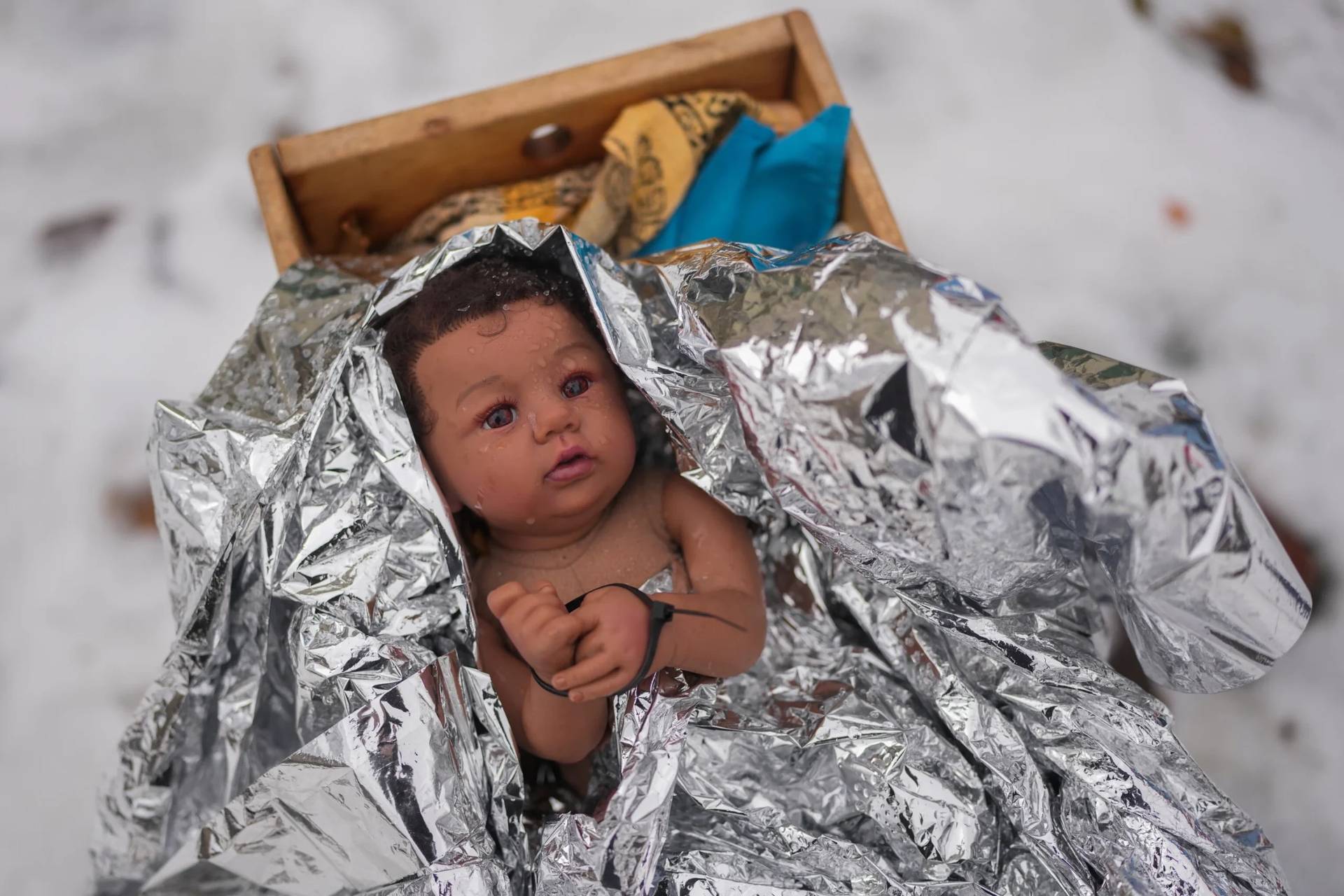CINCINNATI – As many Catholics turn to online streams for Mass in the COVID-19 era, one expert is encouraging Church leaders to issue additional guidelines for digital Masses to set them apart from other TV shows that people watch.
“There are ways to make choices in our livestreams and recordings that mark them as a different kind of space, a sacred space, to minimize distractions,” said Dr. Katherine Schmidt, a theologian at Molloy College who has been studying the relationship between digital culture and the church for the past decade.
“If you’ve ever been part of planning a big liturgy, you know that all the details matter immensely,” she told Crux. “So in this particular moment, why wouldn’t it matter where the cameras are placed, how well the audio is working, or what sort of posture the viewer is in?”
What follows are excerpts of her conversation with Crux.
Crux: Your work on digital space was obviously “relevant” long before COVID-19, but it now feels doubly relevant given the church’s uptick in its use of digital spaces during the pandemic. Can you start us off with a basic overview of what you work on?
Schmidt: For the past ten years, I’ve been trying to situate the things that are going on in virtual spaces, specifically the internet and social media, in the Catholic context. In my early research, I was seeing a lot of pushback from people who were saying that these spaces are alien to the Catholic tradition, to theology, to the Church.
But I was never convinced. As early as the 1700s, the church has had interesting things to say about various types of media – in those days it was paperback novels – and we’ve continued to hear from church leaders on our media ever since. The first part of my book, Virtual Communion: Theology of the Internet and the Catholic Sacramental Imagination (Lexington/Fortress), covers this history of the church’s statements on media and technology.
Then, I make the case that we Catholics, with our deep sacramentality, really love media. My go-to example for this is the Stations of the Cross. We Catholics have always loved images, things we can touch, smells, and spaces. And so, instead of saying these things that mediate reality in their own ways are altogether different from what goes on with digital media, I argue that we’re dealing with more of a continuum. Yes, there are differences and limitations to digital culture, but it’s not something totally foreign to the Catholic worldview.
So our digital lives and our church lives are not in conflict with each other, at least not necessarily?
This digital space is where many of us spend a majority of our lives, so to think that it’s disconnected from the spiritual life is really problematic. If I’m engaged in digital media for most of my day – the average American spends nearly 11 hours per day in front of screens – then it’s theologically dangerous to think that it somehow has nothing to do with experiencing grace.

I always try to tell pastors, even if you’re not going to embrace digital technology as part of your own ministry, please don’t actively work against it. Resist the urge to jab or joke about it in your homilies and don’t be an obstacle if your parish wants to run Facebook groups.
I’m actually much less interested in whether we can “do Mass online” than I am in how digital spaces augment or work alongside our liturgical spaces. I’m convinced that digital spaces like Facebook and parish websites help provide what theologians, sociologists, and psychologists all tell us we need, which is a thicker social matrix that extends beyond what we do for an hour on Sundays.
What’s really hard about this is that so much of this is obscured. I don’t mean that people are hiding it, it’s just that we don’t see all of the emails, Facebook messages, and other digital connections that are facilitating bonds between parishioners. But these bonds are especially important in a “suburbanized” era for the church, at least in the United States, where parishioners are often geographically, physically separated from each other, no longer living in the same neighborhoods, playing on the same sports teams, etc.
What do you say to those who critique these online forms of community as pale imitations of the forms of community that take place when people are physically together in one space?
Sociologists draw a distinction between strong ties and weak ties, which is pretty straightforward on its face. We tend to assume that the internet is only weak ties, while offline relationships are strong ties. But I think we’re fooling ourselves a bit on both counts. Not only are there examples of strong and weak ties both on and offline, but it’s also important for the church to have both kinds of ties.
We also have to be very careful to resist the temptation to see past eras, whether it’s communication before the internet or the church before the 1960s, as golden eras. If we’re not historically grounded, historically honest, that can be very dangerous.
The theologian Henri de Lubac warned about this, saying that we must resist nostalgia especially for the early church. This isn’t to say there aren’t problems today, but I’m not sure how new these problems are in their essence.
For example, clericalism has been around a long time, but it’s showing up now in a new form of the cult of personality on Catholic Twitter. But I’m not sure it’s accurate to see it as something altogether different from or more problematic than the celebrity enjoyed by parish priests in some decades of the 20th century who, in the eyes of most parishioners, could do no wrong. We’ve seen with the abuse crisis that this was a huge problem.
You mentioned Catholic Twitter, which for those who are unfamiliar, refers to a sizable network of folks who talk about all things Catholic through their Twitter accounts. What’s your perspective on its particular place in 21st century Catholicism?
A couple of things interest me with Catholic Twitter. Every time we get a new magisterial document, whether it be from the United States bishops or Pope Francis himself, I watch as a new form of ideological proof-texting kicks into gear. People post these screenshots of specific sections of the documents, often with some sort of highlighting or annotation, to make their case for how the new document supports their views on issue x or y.
Catholic Twitter is also an example of the silo effect that many commentators on digital media have raised as an issue. Social media allows us to create these echo chambers, these silos where we’re surrounded by a crowd of voices that agree with us on the single issue or set of issues that we care about most. This is dangerous for Catholics, who can end up spending a lot of time talking to a small group of people who agree on a single issue, missing the larger sense of the church’s mission.
It’s also dangerous because there are certain figures with the power to guide and mobilize these silos. For example, as soon as you put Fr. in your Twitter name, you’re now representing the church, not just your own views, regardless of whatever disclaimer you put in your bio. So when you speak in those Twitter silos, your words carry much more power than a lay person’s do, at least for some people.
This is part of the reason why I’ve been saying for a while now that seminary formation needs to include a substantive digital media literacy course, which I think could foster more clerical responsibility in online spaces, including Catholic Twitter.
Finally, let’s talk about the life of the church in quarantine. What are your suggestions for both church leaders and parishioners regarding this jarring shift to digital spaces for communities around the globe?
When it comes to these livestreamed Masses, what we’re witnessing here is an in-between space, a marginal space that’s not exactly liturgical, but also is not to be consumed as other online content. I’m in no way on board with the idea that this simply counts as Mass. But it is different from rosary apps and prayer podcasts, because when done well, there’s a communal dimension that’s really important and holy.
I spent some time analyzing a range of virtual Masses from this past weekend, focusing on the ones that weren’t doing them before the pandemic. The main thing that stuck with me was the frequent use of a single camera that’s really high up and really far away. It’s very alienating and cold. Then you have some parishes that are using multiple camera angles, where someone is selecting which camera to use at various points during the liturgy.
But I’m not so sure about that either, because someone’s making the choice for you about where to look. Some people might say, “Oh who cares?” But we’ve been saying for millennia that the smallest details in the liturgy matter, so why wouldn’t it matter where the camera is pointing?
So, I think in this particular moment, it might be helpful for the USCCB or individual bishops to issue some additional guidelines that say, “Hey, if you’re going to livestream your parish, here are certain things that you need to do.” It’s really no different than when we say you have to use real candles and a chalice made of “noble materials.” Here, it would be something about having your camera at a certain angle, close enough to the altar, that sort of thing.
Finally, no matter how immersive the virtual experience of Mass gets, I think there’s still going to be that break when we get to the Eucharist, where we see the seams of the virtual experience that show that it’s not quite perfect. There’s this break where we realize, oh no, I can’t actually partake in this Eucharist. In our sacramental imagination, it’s important we hold onto the fact that this is a real break.
Crux is dedicated to smart, wired and independent reporting on the Vatican and worldwide Catholic Church. That kind of reporting doesn’t come cheap, and we need your support. You can help Crux by giving a small amount monthly, or with a onetime gift. Please remember, Crux is a for-profit organization, so contributions are not tax-deductible.








